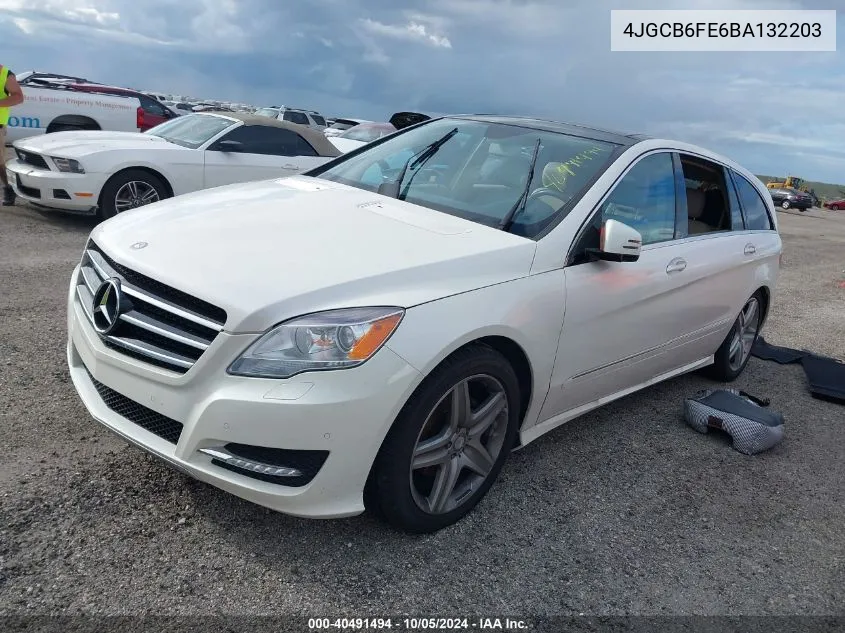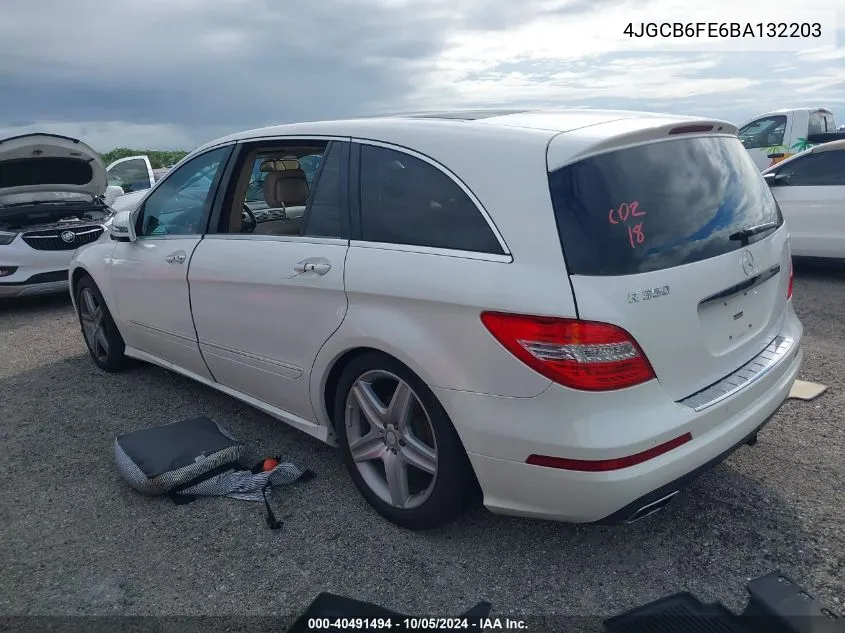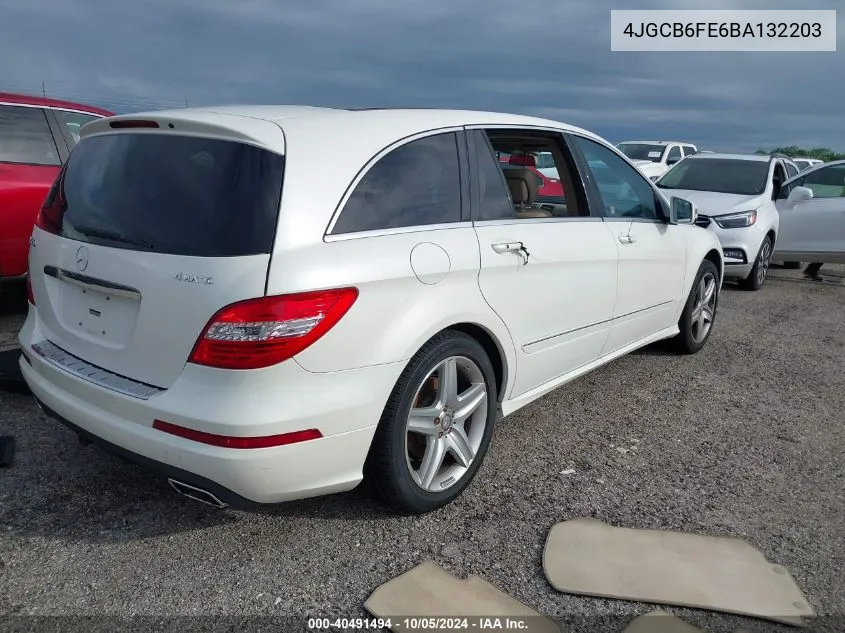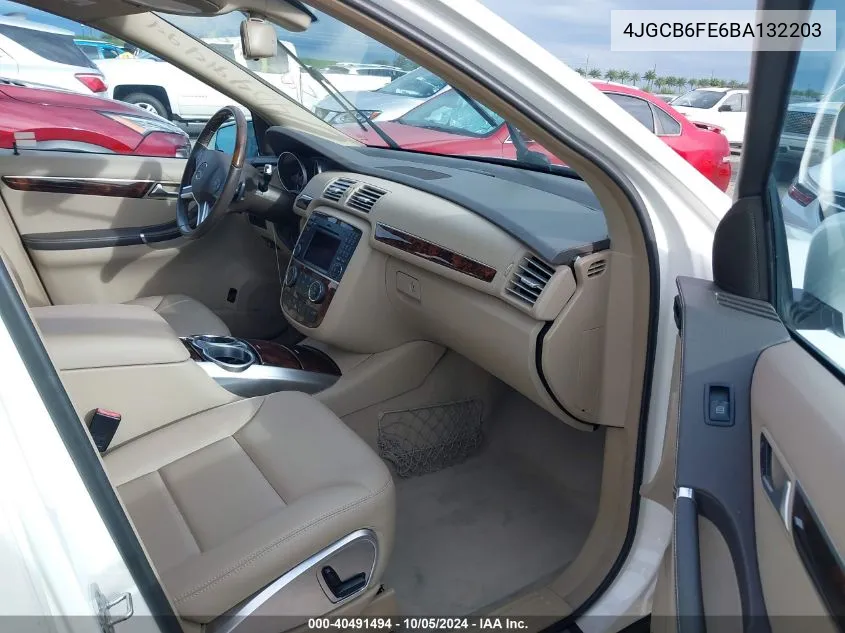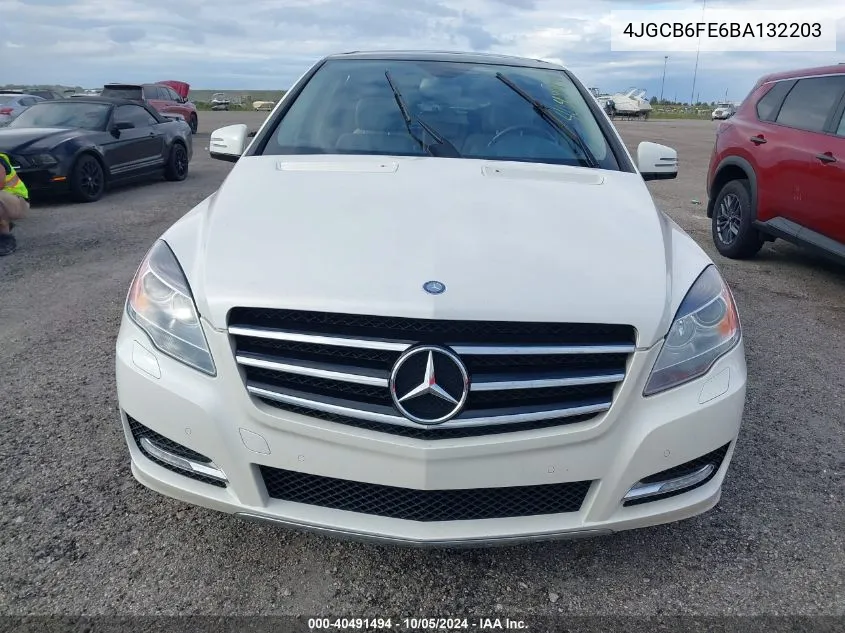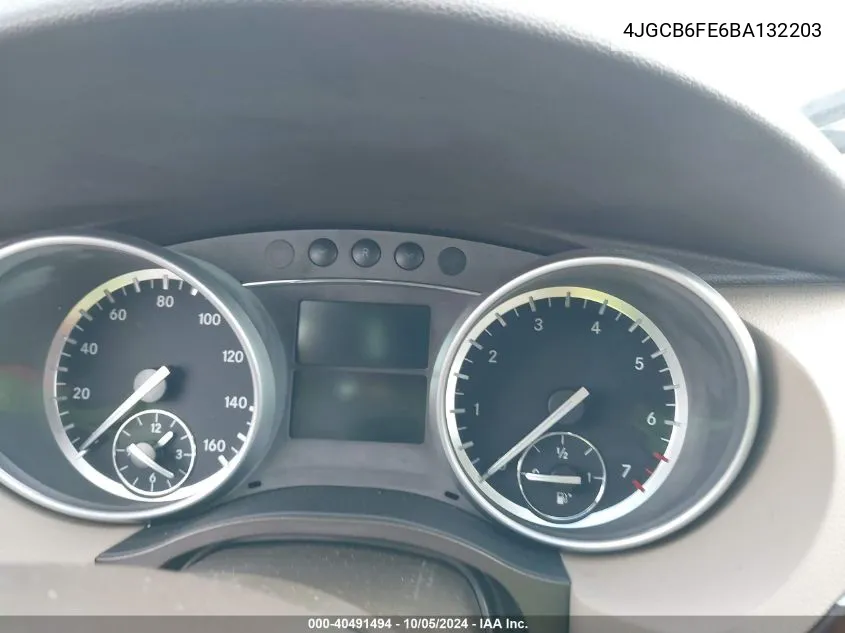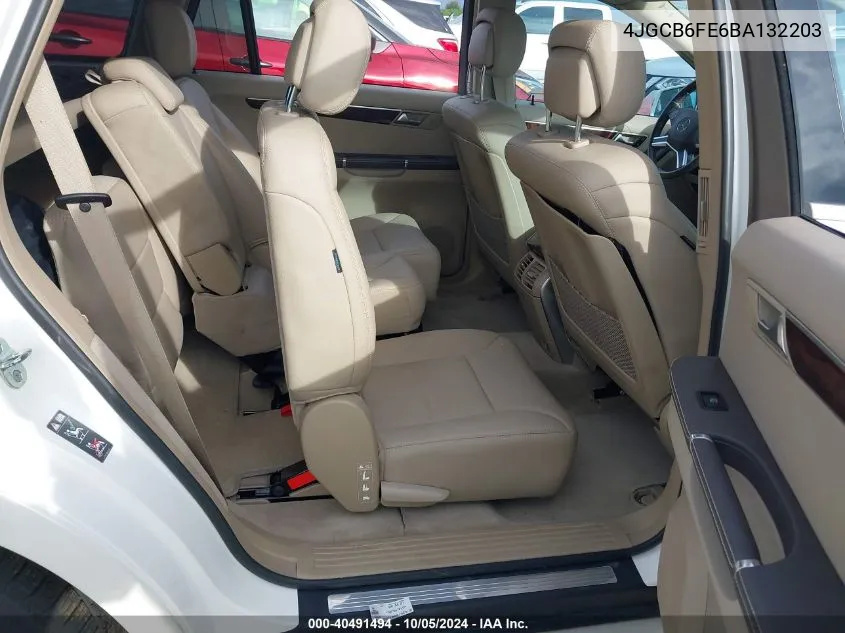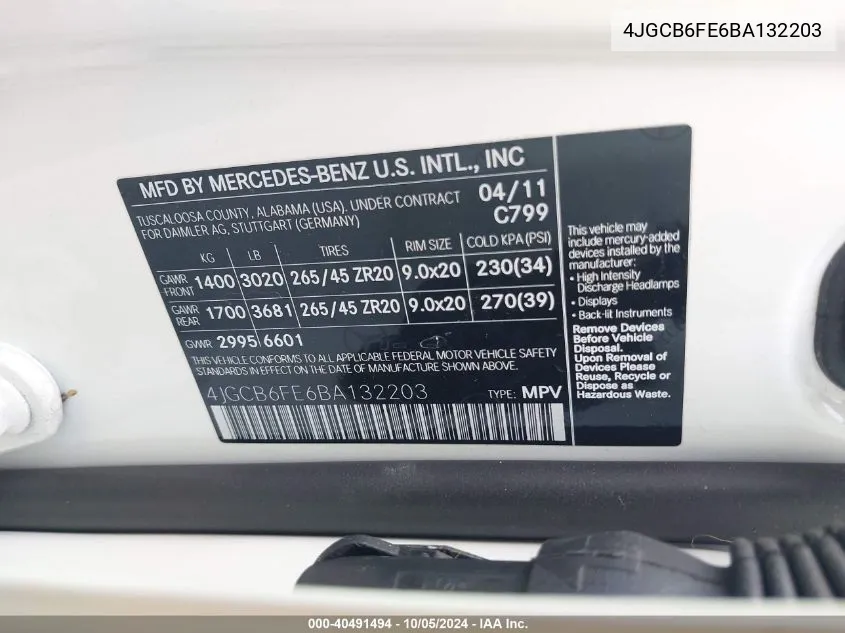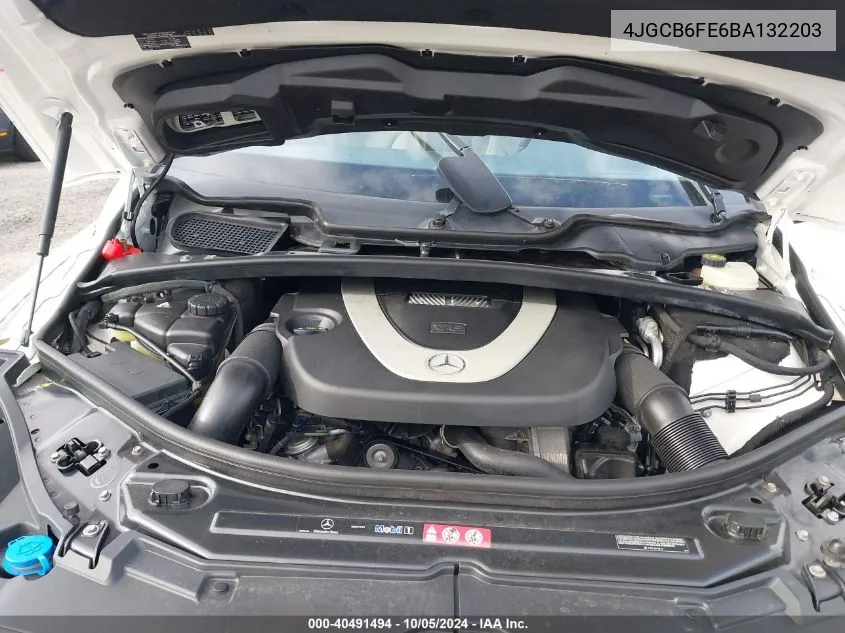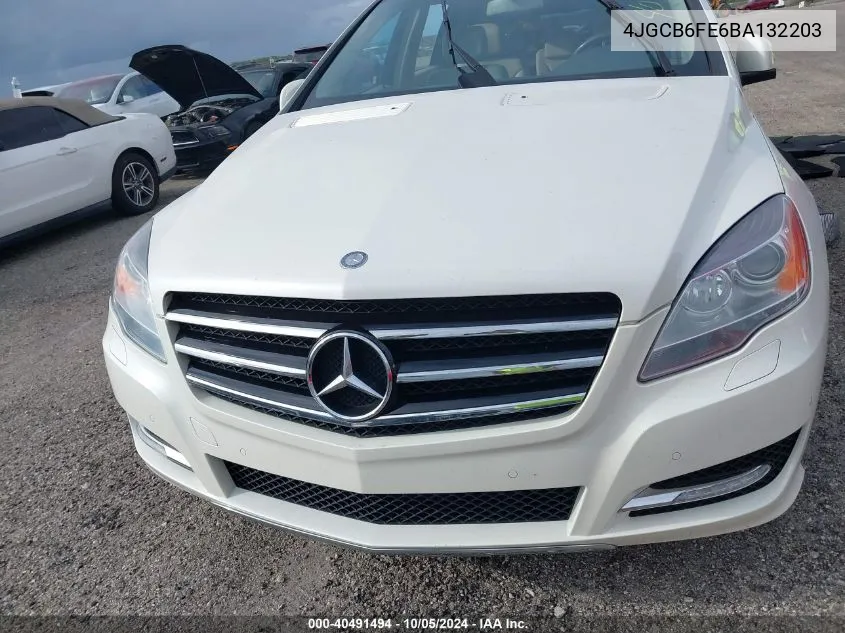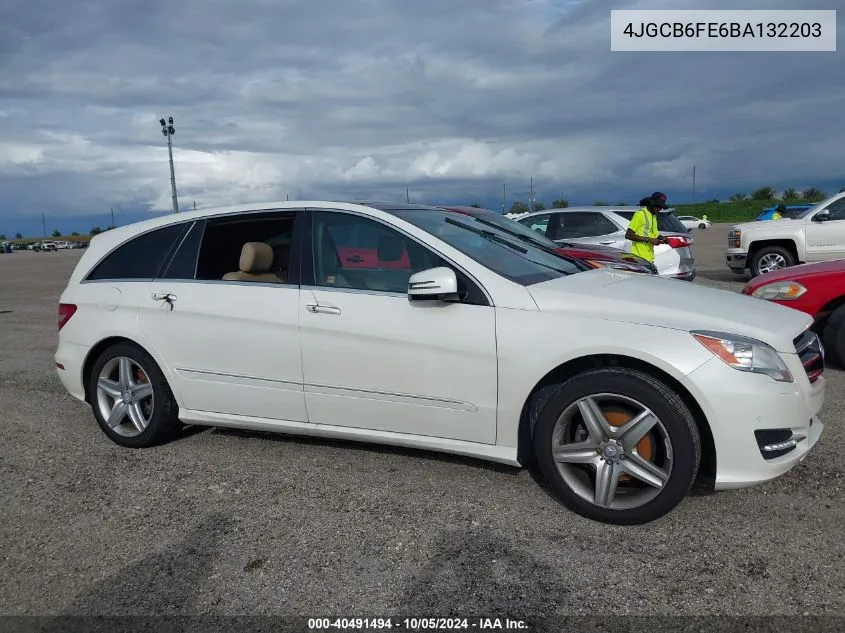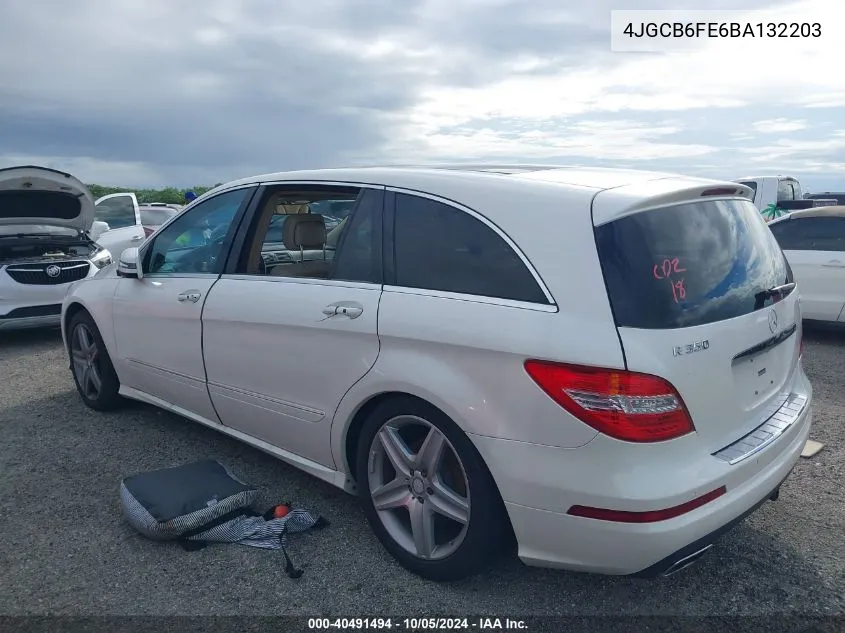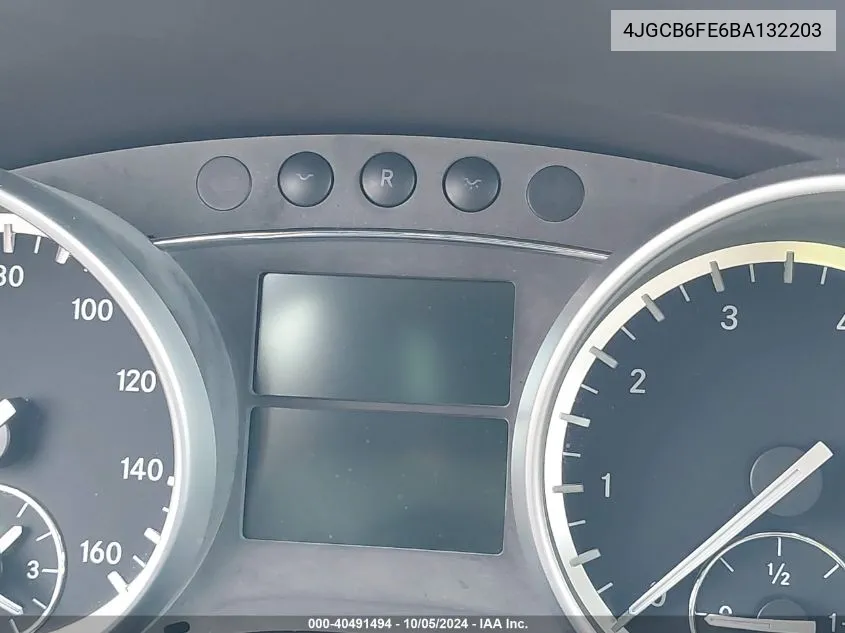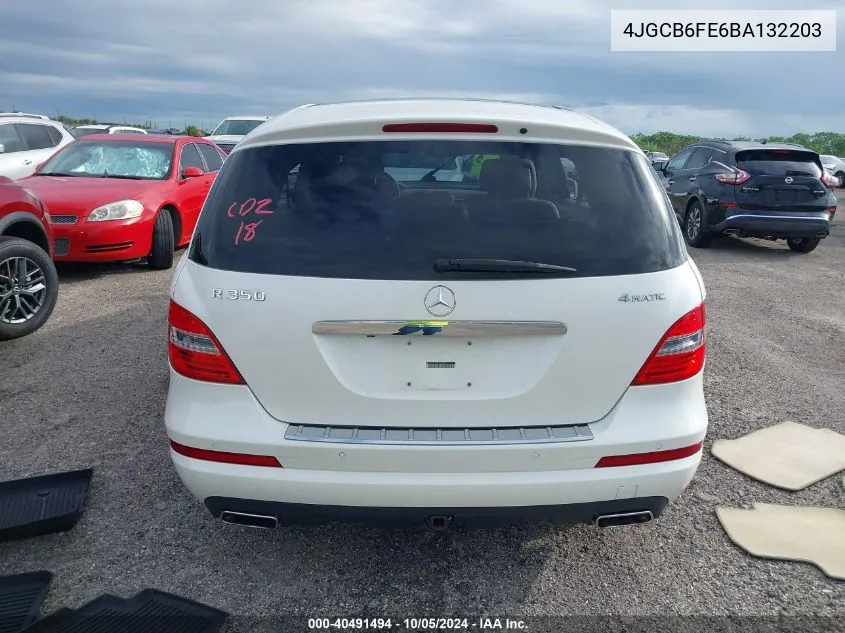Mercedes-Benz R-klasse (82)
2007 Mercedes Benz R320 Cdi
2007 Mercedes-Benz R 350 4Matic
2011 Mercedes-Benz R 350 4Matic
2009 Mercedes-Benz R 350 4Matic
2006 Mercedes-Benz R 350
2010 Mercedes-Benz R 350 4Matic
2009 Mercedes-Benz R 350 4Matic
2012 Mercedes-Benz R 350 Bluetec
2007 Mercedes-Benz R 350 4Matic
2006 Mercedes-Benz R 500 4Matic
2008 Mercedes-Benz R 320 Cdi 4Matic
2008 Mercedes-Benz R 350
2012 Mercedes-Benz R 350 Bluetec
2011 Mercedes-Benz R 350 4Matic
2011 Mercedes-Benz R 350 4Matic
2007 Mercedes-Benz R 350
2006 Mercedes-Benz R 350 4Matic
The Mercedes-Benz R-klasse, also known as the R-Class, is a unique vehicle in the German automaker's lineup. First introduced in 2005, it combines the features of a minivan and a crossover, offering luxury, space, and functionality. The R-klasse pioneered the full-size luxury crossover segment and won the hearts of drivers looking for comfort and versatility.
Despite its many positive aspects, the R-class also faced difficulties in the market. Its fate was ambiguous, and the model’s production ended in 2017. Let’s look at the history of this car, its modifications, available colors, years of production, sales volume, as well as its most successful and problematic moments.
History of the model
Start of production (2005-2010)
The Mercedes R-class debuted at the 2005 New York Auto Show. The car was introduced as a 2006 model. The R-class was available in short (W251) and long (V251) wheelbase versions, offering 6 and 7 seat options. The model was initially equipped with petrol and diesel engines, including a 3.5-litre V6 and a 5.0-litre V8.
Facelift and updates (2010-2013)
In 2010, the R-class received a facelift, which included updated front and rear bumpers, new headlights and taillights. The interior received improved trim materials and new technology options. New engines were also introduced, such as more economical and powerful V6 and V8.
Decline of production (2013-2017)
Demand for the R-class gradually declined, and in 2013 Mercedes-Benz decided to stop selling the model in most markets, leaving it available only in China. In 2017, production of the model finally ended.
Modifications and technical characteristics
The Mercedes R-class was offered in various modifications, each of which had its own features and technical characteristics.
- R 350: equipped with a 3.5-liter V6 engine, 272 hp, 7-speed automatic transmission.
- R 500: equipped with a 5.0-liter V8 engine, 306 hp, 7-speed automatic transmission.
- R 63 AMG: High-performance version with 6.2-litre V8 engine from AMG, producing 510 hp.
- R 320 CDI: diesel version with 3.0-liter V6 engine, 224 hp, 7-speed automatic transmission.
Color solutions
The Mercedes R-class was offered in a wide range of colours, including:
- Black (Obsidian Black)
- White (Arctic White)
- Silver (Iridium Silver)
- Blue (Capri Blue)
- Red (Barolo Red)
- Brown (Cubanite Silver)
Years of production and sales volume
The model was produced from 2005 to 2017. During this period, about 200,000 units were sold worldwide. The main sales markets included North America, Europe and China.
The most successful and problematic moments
Successful moments
One of the R-class's greatest successes was its recognition as the first luxury SUV with such extensive interior and comfort options. It was also praised for its safety and advanced technologies, including the 4MATIC all-wheel drive system.
Problematic points
The main problems included the high price, which limited its availability to a wider audience. Some owners also noted poor reliability and high operating costs. As a result of these factors, demand for the model was lower than expected, which eventually led to the discontinuation of production.
Despite all the difficulties, the Mercedes R-class remains an important part of the Mercedes-Benz history, demonstrating the company's commitment to innovation and the creation of new vehicle segments.
Summary
The Mercedes R-class left a significant mark on the history of the automobile industry, offering a unique combination of comfort, spaciousness and performance. This model, although not a mass-market one, found its buyer among connoisseurs of luxury and multifunctional cars.
Since its introduction in 2005 until its end of production in 2017, the R-class has gone through several significant stages, including updates and the introduction of new technologies. In this article, we have looked at the key aspects of this model, including history, modifications, the most successful and problematic variants, as well as available colors and overall sales.
Basic moments
- Model history: The Mercedes R-class was introduced as the brand's first vehicle in the premium crossover segment with minivan elements, which allowed it to occupy a unique niche in the market.
- Years of production and main stages of development: It was produced from 2005 to 2017, having undergone several updates, including a facelift in 2010, which improved the design and technical characteristics of the model.
- Modifications and specifications: The model was offered in various modifications, including diesel and petrol versions, as well as all-wheel drive and rear-wheel drive options.
- The most successful and problematic models: The most successful were the versions with diesel engines, due to their economy and reliability. The problematic ones were the early models with petrol engines, which suffered from problems with the fuel injection system.
- Colors and sales: The most popular colors were black, silver and white. In total, about 150 thousand cars were sold during the entire production period.
In conclusion, the Mercedes R-class, despite its niche audience and limited number of units sold, managed to offer a unique combination of characteristics that resonated with a specific group of consumers. This model remains an important part of the Mercedes-Benz brand history, demonstrating its ability to innovate and create new segments in the market.























































































































































